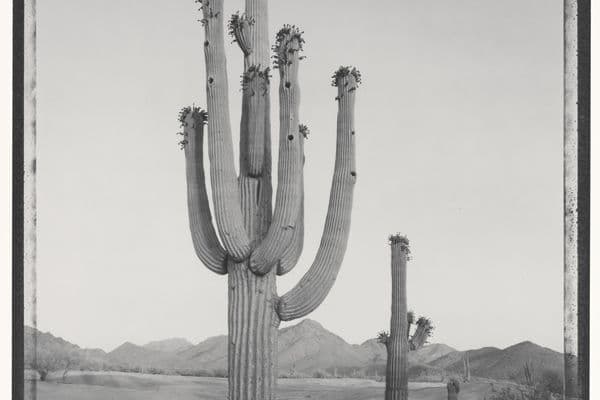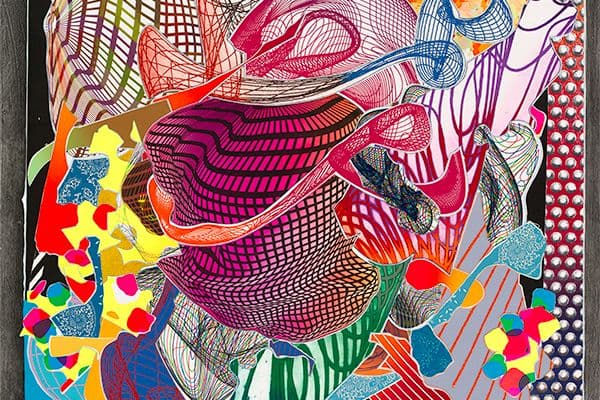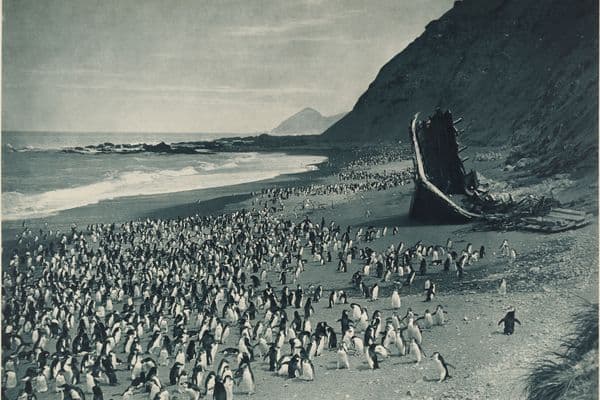Photography
The Last Ten Years
10 Jul 1980 – 7 Oct 1980

Jerry N Uelsmann, No title (Carpet with misty trees)., 1976, National Gallery of Australia, Kamberri/Canberra, Purchased 1979.
About
This exhibition is the first of a continuing programme of work from the collection of the Australian National Gallery to be shown in exhibitions at Melville Hall. The Council of the Gallery has made a policy decision that the art of the past ten years will be shown outside the Gallery building; and exhibitions prepared for Melville Hall will travel around Australia as soon as staffing permits. In the past, occasional exhibitions of contemporary art have been held at various venues around Australia, but these have always been followed by long periods without any opportunity for the Australian public to look at recent developments in art. In many ways recent art is the most difficult to appreciate and for a Gallery to collect because there is not the distance of time to have a perspective on it. With older works we have the advantage of critical reviews and historical placement. However, the collecting of recent art does have one enormous advantage. It is the cheapest category of art that a museum may wish to collect. In the past Australian museums, including the Australian National Gallery, have had to pay very dearly for works that would have been considerably less expensive if they had been bought at the time they were made.
When artists first saw photographs in the nineteenth century, they realized how useful photography could be as an aid for their painting. The neo-classical painter, Ingres, and the romantic painter, Delacroix both used photographs from which to paint. Later, artists like Degas and Rodin used Muybridge’s photographs of humans and animals in motions in a more indirect way – to study the correct rendering of, for instance, a horse galloping or the position of limbs of a figure in motion. The photographers of this early period wanted photography to be accepted as an art forms, and often worked on their images to produce the effect of soft focus and tonal contrast that imitated the paintings of the time. Later, in the nineteen twenties and thirties, there was a reaction against using photographs to imitate paintings, and photographers used the camera more directly to record exactly what they saw through the viewfinder.
The works in this present exhibition are all from the past ten years and, while it is a useful collection and defines a number of directions photographers have taken, it is by no means a definitive collection of the period. The Department of Photography at the Australian National Gallery has only been operating since 1977. At present the collection is only in its beginning phases and will flesh out as the collecting programme continues.
In the exhibition, the works divide into various groups. First there is the representation from photographers who are still working in the traditional mode and who are prepared to print from their negatives on request, working with the concept of unlimited multiplication of their images. More recently there have emerged photographers who, like their earliest counterparts, have returned to the ideas of altering their images by hand colouring, photomontage and other darkroom and studio manipulations, frequently ending up with unique prints that are in direct competition with the work of painters.
Since its invention in the early nineteenth century, photography has been widely experimented with; and in each decade newer and better equipment has been developed and new ways have been found by the artist to use it. The last decade has seen the development of the polaroid SX70 Land camera, and the room size polaroid camera which enables photographers to take large format instant images. As the processes become easier with each technical innovation, a wider range of expression becomes available to the photographers. Some have exploited this to its fullest, particularly in the use of colour photography.
For some of the photographers working in the more traditional mode, the primary preoccupation is with the composition of the photograph. In the case of Wynn Bullock and Brett Weston this goes to the extreme of selecting some details of nature which read in an abstract fashion. In the case of photographers like Lee Friedlander, the composition is as carefully controlled spatially as the work of many painters. Not only do they use space in a natural fashion, but they study the ambiguity of spatial places, particularly when the photographs are taken through windows or mirrors. For other photographers the subject itself, such as recording the behaviour of people in our society, is of primary importance as in the work of Garry Winogrand or Larry Clark. Likewise, some photographers make records, for instance, of the landscape as it changes through urbanization, such as Lewis Baltz has made of Nevada, and of foreign countries, such as Peter Beard has made of Africa. These “records” reveal things which generally lie undetected until the interest or personality of a particular photographer points them out.
Although some people in the past thought of photography as a parody of art, artists have now emerged who choose to use the camera as their medium. Likewise, over the last ten years an increasing number of artists who, in the past would have used another medium, have turned to photography. In a special photography issue of Art Forum in 1976, Nancy Foote, the Managing Editor, wrote; “For every photographer who clamors to make it as an artist, there is an artist running a grave risk of turning into a photographer.” Artists like Hilla and Bernd Becher or Gilbert and George have assembled photographs in groups so that it is the group rather than any single image that makes up the composition.
Conceptual artists like Edward Ruscha use photography as a visual equivalent to word games; for example, the play on association of images between fruit and a make-up mirror in his photographs. Other artists have utilized photo-mechanical processes. In the hands of some artists photo-mechanical prints are almost indistinguishable from colour photographs. Others achieve a result that has no immediate apparent relationship to photography.
One final utilization of the photographic medium can be seen in the recent interest of many artists in making books and postcards, mass producing them so they are available to the widest audience. This does not only include the use of photographs and photo-mechanical reproductions but also photocopy and colour Xerox machines.
Michael Wardell
Exhibition Co-ordinator, July 1980











